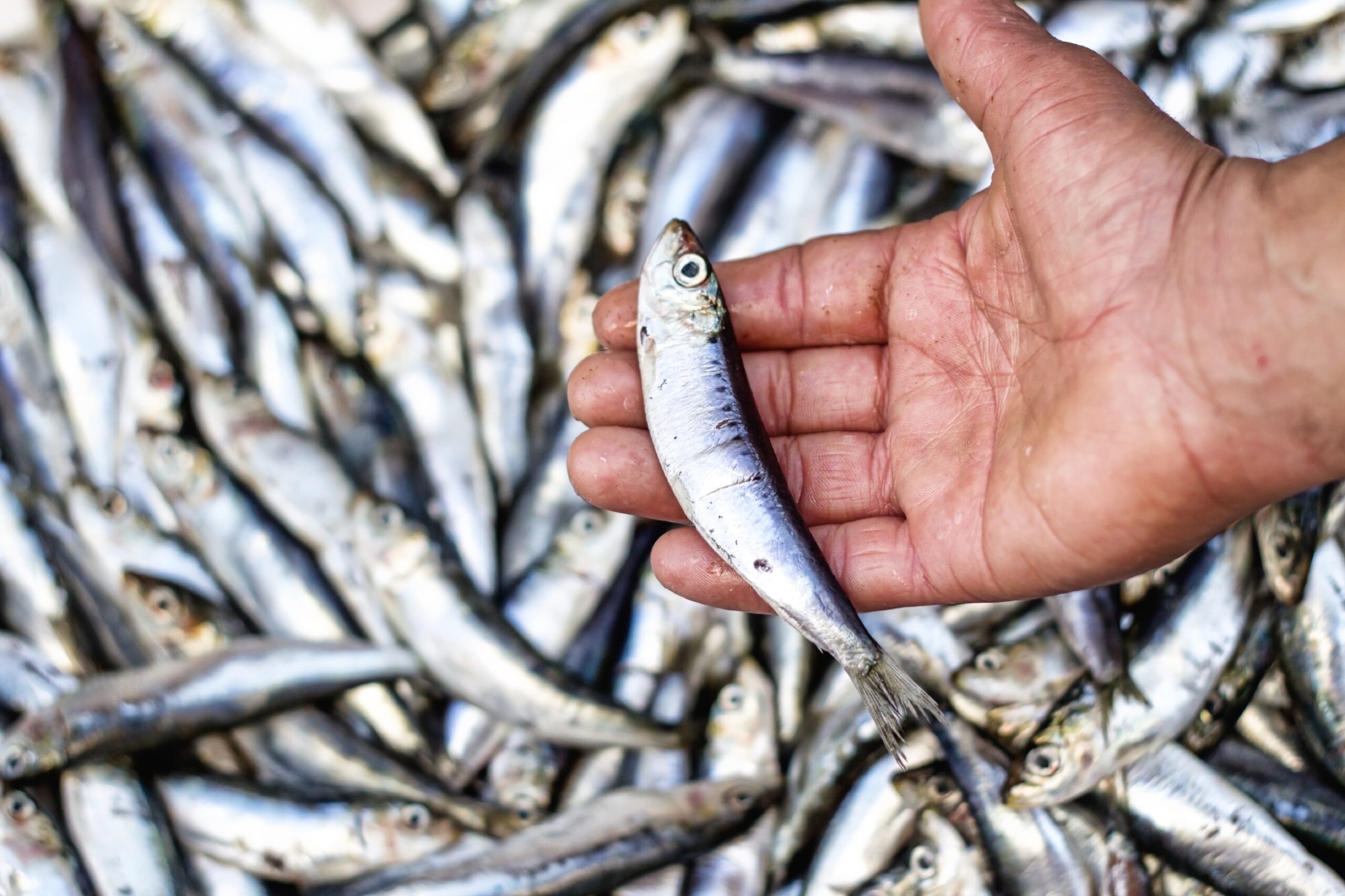With Easter upon us, memories of my mum’s whole-poached salmon with asparagus, new potatoes and Hollandaise sauce are starting to make me salivate. As a kid, this used to be my favourite dish… Until I was told that we were eating fish out of respect for Jesus who sacrificed himself for our sins. Nothing like a nice slice of Catholic guilt to turn your taste buds sour, thanks mum. Today, I still feel a little shame eating seafood. However, it’s got nothing to do with Christian dogma, but rather the plight of our oceans.
Since 1950s the global fish catch has increased five-fold and we now consume around 150 million tonnes of fish every year. Thanks to decades of mismanagement and overfishing we’re now in a situation where 80 per cent of the world’s fish stocks are fully exploited or overexploited. And digesting these facts actually makes me want to cry. But rather than splash about in my own tears, I gave Cassie Duncan – General Manager at leading environmental not-for-profit Sustainable Table – a call to talk about how we can save our seas.
The statistics make me feel pretty depressed and like I can’t do much to help. Can I?
It’s totally normal to feel overwhelmed, but by making a few small changes you can actually make a massive difference. These include buying locally caught seafood from sustainably managed fisheries, not eating imported prawns, diversifying the fish you eat and making what you do eat a treat.
That sounds achievable, but how do I find out where my fish comes from and whether it’s okay to eat?
If you’re eating out or buying from a fishmonger, ask them where it’s from. Australian fisheries are ranked amongst the best in the world when it comes to their management, so it’s best to buy local. If it’s imported, I’d give it a miss unless you can be certain it has come from a sustainably managed fishery, the Marine Stewardship Council tick is a good one to look for. You should also download the Australian Marine Conservation Society’s Sustainable Seafood Guide app. It’s a super simple way of finding out what’s okay and what’s not and it’s free! I also love the GoodFishBadFish website if I’m unsure about a seafood species.
Oh wow, that is simple. So it says that one of my fave fish, Yellowfin Tuna, is off the menu–why?
Sadly, it’s because tuna stocks have declined by 60% on average globally over the past 50 years. And this is because large fish like tuna, but also shark (flake), take years to reach sexual maturity and breed in comparatively smaller numbers compared to other species. Basically they’re currently being fished at a rate where they can’t regenerate quickly enough. So, it’s better to eat lower down the food chain and enjoy smaller, short-lived and faster breeding fish like sardines or mackerel. If you do choose to indulge in the occasional serve of tuna it’s best to look for Australian Bonito or Australian caught Skipjack Tuna. Also, Australian caught Yellowfin Tuna is listed by the AMCS as ‘think twice’, which means a very occasional indulgence will be forgiven.
Okay, why are imported prawns so bad when they taste so good and are so cheap?
They’re actually not cheap when you consider the costs involved. At the moment 75 per cent of the world’s farmed prawns are produced in Asia alone. The problem is that whilst we’re paying just a few dollars a kilo, the environment and the prawn-farming communities pay a significantly higher price. Environmental destruction, food insecurity, human rights abuses and illegal land-seizures are just a few examples of the problems associated with prawn farming in Asia and Latin America. There are some responsible prawn fisheries internationally so it pays to do your research, but on the whole if it’s cheap and imported, then the costs are being felt along the supply chain.
I’m a creature of habit when it comes to eating fish. Should I be spicing it up when it comes to the types of fish I fry?
Definitely! We can’t all eat the same five species and expect their populations to be kept at a sustainable level. There are hundreds of species out there that are just as delicious as the familiar fish. And if you need a little inspiration, just purchase The Good Fish eBook ($15) from our website for a bunch of tasty recipes.
Why does The Good Fish Book contain vegetarian recipes too?
That’s because if we want to save the oceans and preserve fish for future generations then we need to eat more greens. By making seafood an occasional treat, rather than an everyday item, we can ease the pressure on our oceans and still have our fishcake and eat it too.
I’m eating zucchini fritters as we speak, but afraid I just couldn’t go past the arroz caldoso with wild yabby and seaweed recipe. I reckon this dish will rock with the flavours and texture of Municipal 2014 Tempranillo. Thanks so much for your advice Cassie, cheers to a cracking Easter holiday!

